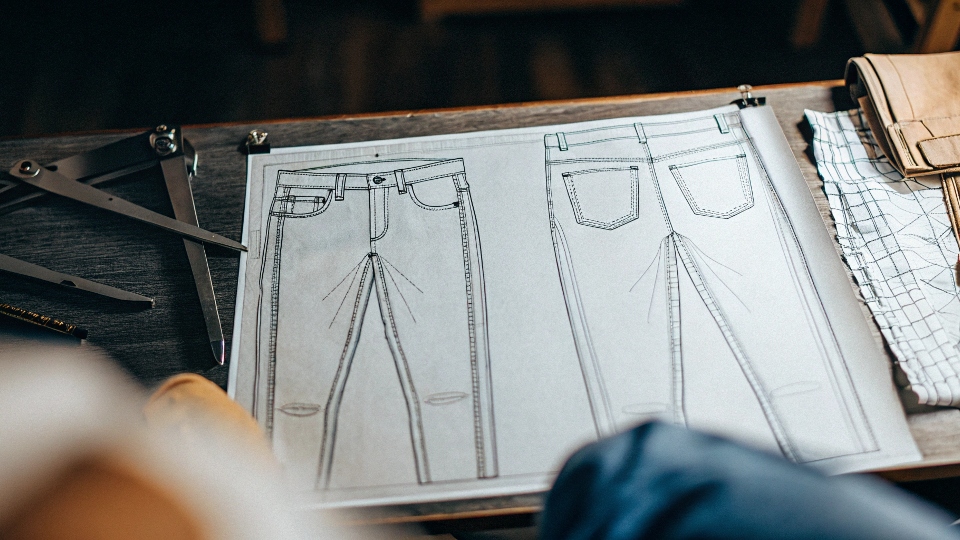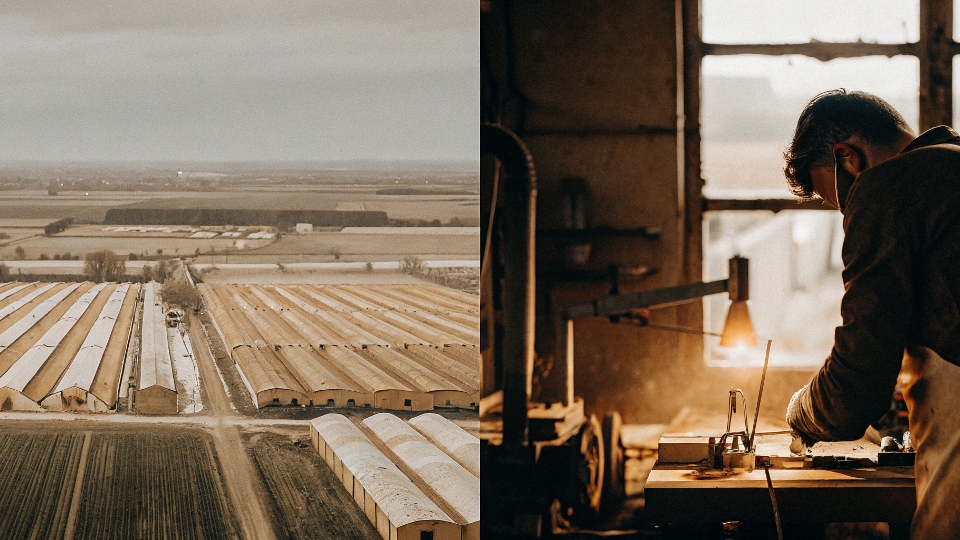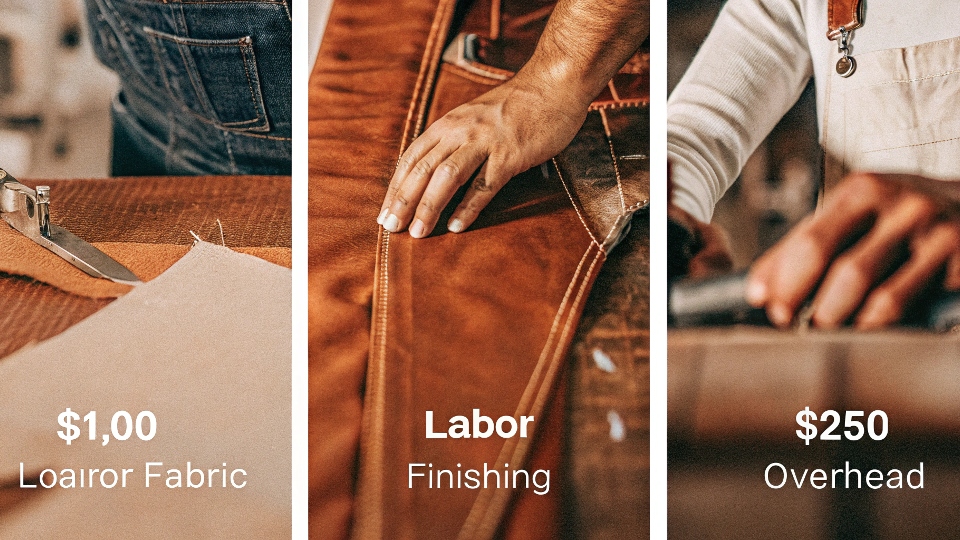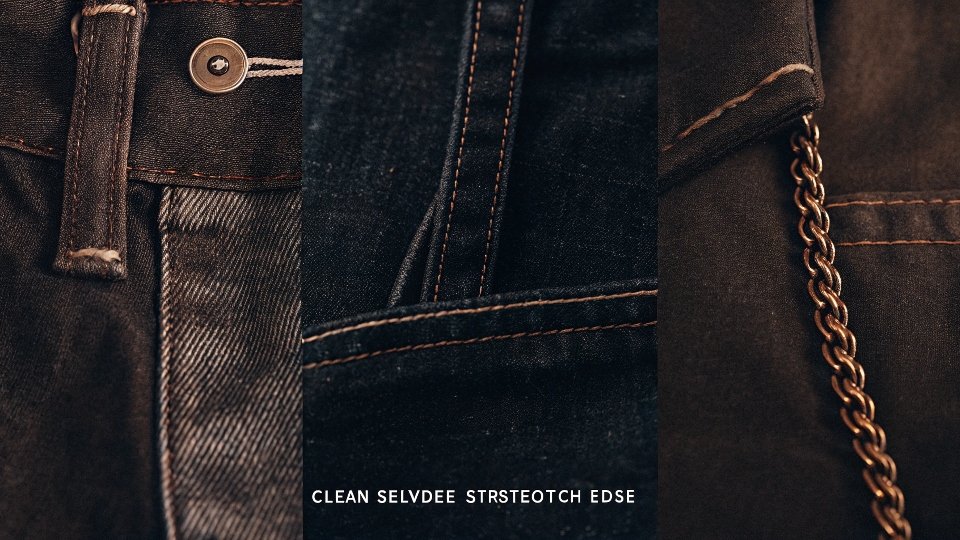You have a perfect design for a new line of jeans, but you feel completely stuck. Every search for a manufacturer leads to a wall of options, and you're terrified of choosing a bad partner who will ruin your quality and your budget.
The best jeans manufacturer1 is a strategic partner, not just a factory. They guide you through the process, have deep expertise in denim and finishing, and collaborate with you to turn your creative vision into a successful product.
Finding a factory is the single most important decision you will make. I've spent over 20 years in the world of denim, and I built my factory, DiZNEW, because I saw so many talented designers like Dean in New York struggle with this exact problem.
The "best" manufacturer isn't a simple name you can Google. The "best" is the one that is the right fit for your specific brand and your vision. Let's walk through what you should be looking for.
How do you get jeans manufactured?
The process of turning your design sketch into a finished product seems like a complicated mystery. You're afraid of making a costly mistake or losing control of your design along the way.
Getting jeans manufactured follows a clear, five-step process: 1. Finalize your design in a "tech pack2." 2. Source fabric and trims. 3. Create and approve a sample. 4. Confirm your bulk order. 5. Begin production.
A good factory partner takes the mystery out of manufacturing. They become your guide through a very logical sequence of steps. At my factory, we work side-by-side with designers to make this process smooth and transparent. It all starts with your idea, which we translate into a production blueprint called a tech pack.
This document is critical; it includes detailed drawings, measurements for every size, and specifications for the fabric, thread, buttons, and rivets. Most importantly, it describes the wash and finish you want to achieve.
Once the tech pack is clear, we move to sourcing and sampling. We help you choose the perfect denim fabric and then create a first physical sample. This is your chance to check the fit, the construction, and the overall feel.
After you approve the fit, we create wash samples to nail down the exact color and distressing. Only when you hold the perfect sample in your hands and say "this is it" do we move to the final stage: bulk production3.
| Manufacturing Stage | What Happens | Your Role |
|---|---|---|
| 1. Tech Pack | Creating the technical blueprint for the jeans. | Provide clear sketches, measurements, and details. |
| 2. Sourcing | The factory finds the specified fabric and hardware. | Approve the fabric and trim selections. |
| 3. Sampling | Making a single prototype for approval. | Test the fit and approve the final wash look. |
| 4. Production | Cutting, sewing, washing, and finishing the bulk order. | Wait for your finished products to be delivered. |
Who is the largest manufacturer of jeans?
When looking for a supplier, you might think that bigger is better. You assume that a huge factory must be the most efficient and reliable choice for your brand.
While massive companies like Crystal International Group are among the world's largest apparel producers, they primarily serve giant retailers. For a creative fashion brand, the "best" manufacturer is a flexible specialist, not the biggest entity.
I have a lot of respect for the massive manufacturing groups. They are incredible feats of industrial engineering, capable of producing millions of identical garments at very low costs. They are the perfect engine for a global retailer that needs to stock thousands of stores with a basic, high-volume jean. Their entire business is built on scale and repetition.
However, that model is the exact opposite of what a creative fashion brand needs. A huge factory is not set up to produce a few hundred pairs of a uniquely washed jean. Their systems are not flexible. Their minimum order quantities4 (MOQs) are often in the tens of thousands of units, which is impossible for a new or growing brand. Trying to work with them is like trying to get a cruise ship to make a sharp turn.
This is why specialized factories like my own exist. We are not the biggest, and we don't want to be. Our strength is our expertise and our flexibility. We are built to be a partner for brands that value creativity and quality over sheer volume.
How expensive is it to manufacture jeans?
You need to create a budget for your production run, but the costs feel like a total unknown. You're worried about hidden fees and unpredictable prices that could sink your business before it even starts.
The cost to manufacture a pair of jeans can range from under $15 for a basic style in high volume to over $50 for a premium jean with complex finishing. The final price is determined by fabric, quantity, construction details, and wash complexity.
After two decades in this business, I can tell you exactly where the money goes. The final price tag on a pair of jeans, what we call the FOB (Free on Board) price, is built from several key components. The single biggest factor is often the denim fabric itself. A simple, lightweight denim might cost a few dollars per yard, while a premium Japanese selvedge denim can cost four or five times that.
Next is what we call CMT5: Cut, Make, and Trim. This is the cost of the labor to sew the jeans, plus the cost of the "trim" pieces like buttons, rivets, zippers, and labels. A more complicated design with extra pockets or fancy stitching will cost more in labor. Then comes the washing and finishing, which is my specialty. A simple dark rinse is quick and inexpensive.
But a beautiful, vintage-inspired wash can require multiple processes—hand-sanding, laser distressing, stone washing, and tinting—each adding cost, but also adding tremendous value and style.Finally, quantity matters. An order of 5,000 pairs will have a lower unit cost than an order of 500 pairs, because the setup costs are spread across more units.
What company makes the best quality jeans?
You look at high-end denim brands and assume there must be a secret factory behind their success. You think if you can just find that one company, you'll have the key to making the best quality jeans.
The "best quality jeans" come from a manufacturer with a deep mastery of the craft, not from a single company name. The best partner is a factory like DiZNEW that combines premium materials, precision construction, and artistic finishing to meet your specific quality standards.
This is the most important question, and the answer is a shift in perspective. You shouldn't be asking "who makes Brand X's jeans?". You should be asking "what capabilities does a factory need to produce the best quality jeans?". The brand name on the label doesn't make the jean quality; the skill and philosophy of the factory do.
Quality is a combination of three pillars. First, Material Expertise: The factory must have access to and knowledge of the world's best denim mills and hardware suppliers. Second, Construction Excellence: This means skilled sewers, well-maintained equipment, and obsessive quality control.
It's about the integrity of every stitch. Third, and this is my passion, Finishing Artistry: This is the ability to take a raw, rigid garment and turn it into something with soul and character. This is what separates a good jean from a great one. This is exactly why I founded DiZNEW. I wanted to create a factory that was the answer for designers seeking the best.
As your insight rightly notes, we provide options from custom designs to bulk orders, helping you find the perfect way to bring your vision to life.
Conclusion
Reaching the best manufacturer is about finding a true partner. Focus on their collaborative spirit6, technical expertise, and flexibility, not just their size. Your ideal partner will help you build your brand.
-
Understanding the qualities of a good jeans manufacturer can help you make an informed choice. ↩
-
Learn how a tech pack can streamline your design process and ensure accurate production. ↩
-
Understanding bulk production can help you prepare for the final stages of manufacturing. ↩
-
Understand the implications of MOQs when planning your production runs. ↩
-
Get clarity on the Cut, Make, and Trim process and its significance in production. ↩
-
Learn how collaboration between designers and manufacturers can enhance product outcomes. ↩










